Dogs have been loyal companions to humans for thousands of years, providing not only friendship but also protection. The protective instinct in dogs is a fascinating trait, deeply embedded in their nature and history. This instinct varies from breed to breed, with some dogs naturally inclined to be guardians. From ancient herding breeds to modern-day family protectors, these instincts have been shaped by centuries of breeding and training. While some dogs instinctively stand guard over their loved ones, others show their protectiveness through alertness and unwavering loyalty. This article delves into the factors that contribute to the protective instincts in dogs, offering insights for dog lovers and potential pet owners alike.
Understanding the Canine Protective Instinct
The protective instinct in dogs is a natural behavior rooted in their ancestry and evolution. Originally, dogs were domesticated to assist in hunting and safeguarding humans from threats. This instinct manifests as a heightened sensitivity to their environment and a strong urge to defend their human family. Dogs are pack animals by nature, and the protective instinct is an extension of their role in the pack. They perceive their human family as part of their pack, and their instinct compels them to protect this group.
The Role of Genetics in Protective Behavior
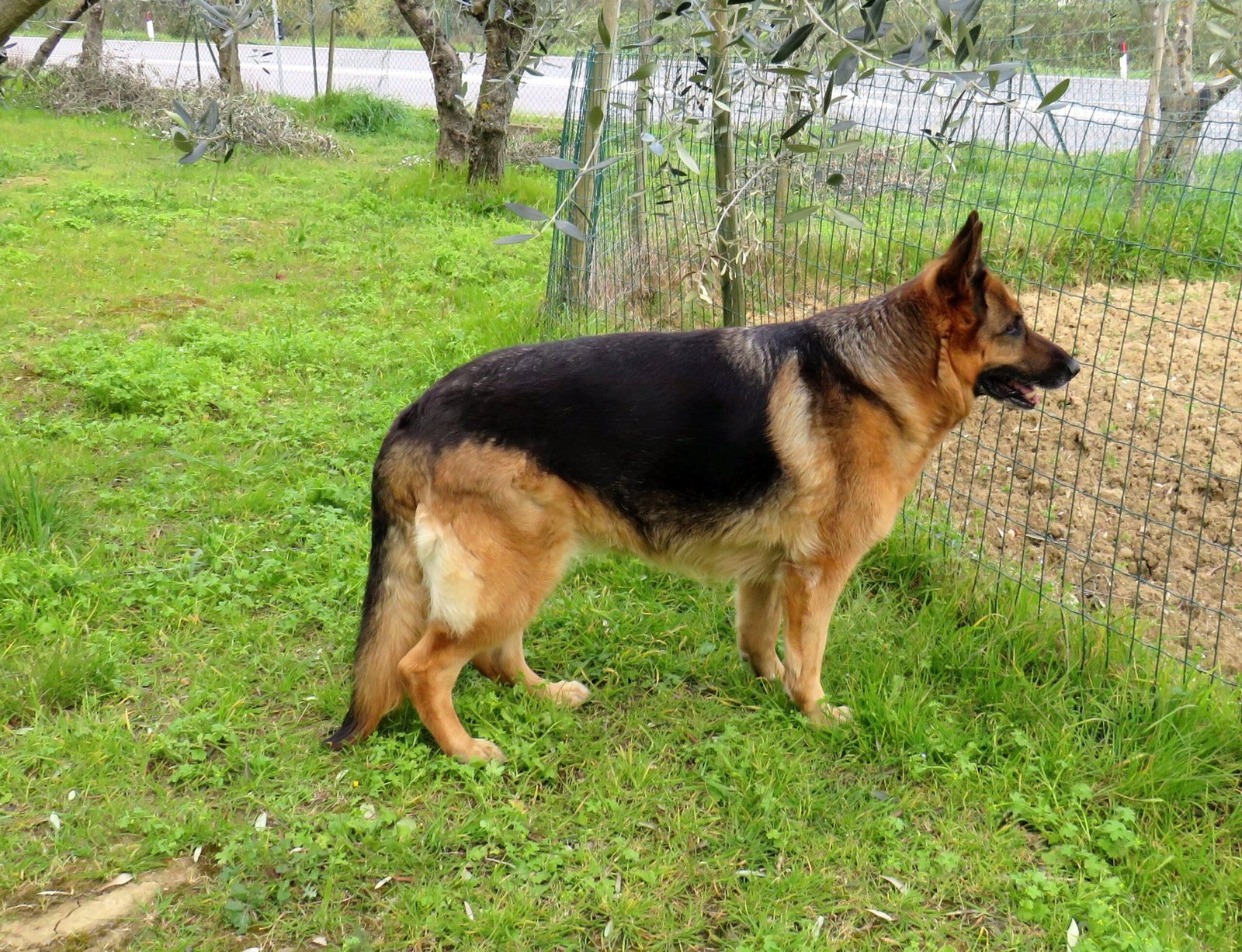
Genetics play a significant role in determining a dog’s natural guarding abilities. Certain breeds have been selectively bred over generations to enhance their protective instincts. This includes breeds like the German Shepherd, Rottweiler, and Doberman Pinscher. These breeds have genes that predispose them to be more vigilant and responsive to potential threats. While training and environment also influence behavior, genetics provide the foundational predisposition for protective instincts.
Breeds Known for Their Guardian Traits
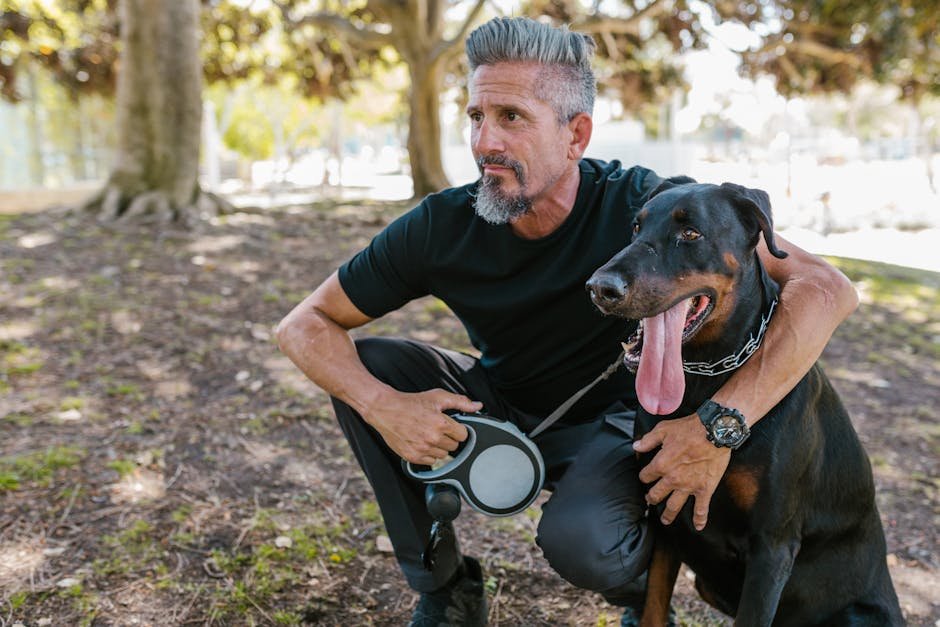
Some dog breeds are renowned for their guarding abilities, often making them popular choices for families seeking protection. The German Shepherd, known for its intelligence and loyalty, is a classic example. Similarly, the Bullmastiff, with its imposing size and strength, serves as an effective deterrent to intruders. The Akita, with its alertness and loyalty, is another breed that excels in protective roles. Each breed brings unique traits that enhance their effectiveness as guardians, making them valuable assets to any household.
Training and Socialization: Enhancing Protective Instincts
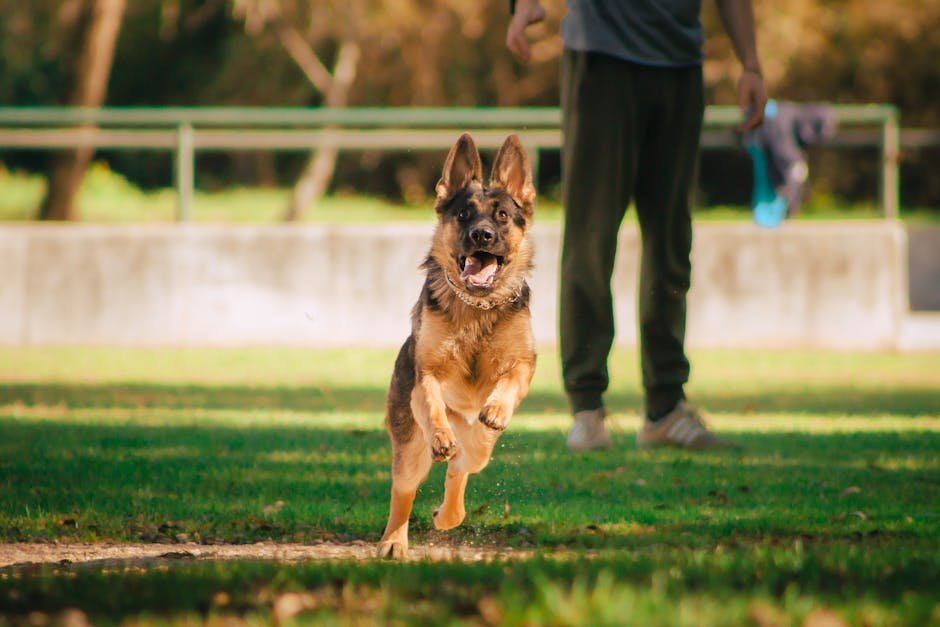
While genetics lay the groundwork, training and socialization are crucial in shaping a dog’s protective behavior. Proper training helps channel a dog’s natural instincts into appropriate actions. Socialization from a young age ensures that a dog can differentiate between a genuine threat and a benign situation. Positive reinforcement techniques can be used to encourage desired behavior, reinforcing the bond between the dog and its owner. Consistent training helps ensure that protective instincts are expressed appropriately.
The Impact of Environment on Protective Behavior

A dog’s environment significantly influences its protective instincts. Dogs raised in environments where they feel secure and loved are more likely to develop healthy protective behaviors. Conversely, a stressful or threatening environment can lead to overly aggressive behavior. A stable home environment, along with clear boundaries and consistent routines, helps dogs understand their role and responsibilities. Knowing they are part of a well-defined pack gives them a sense of security and purpose.
Protective Instincts Versus Aggression
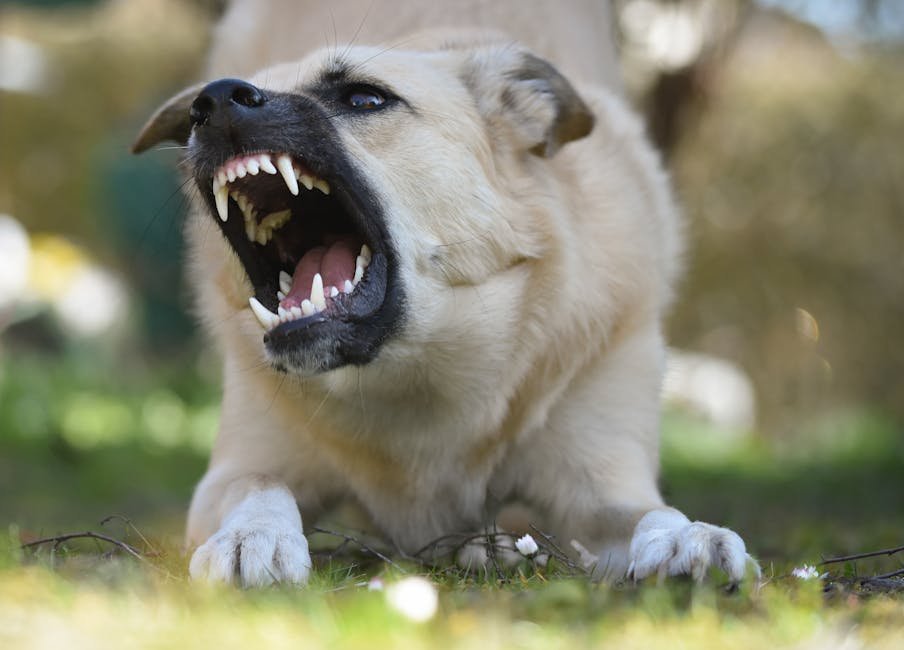
It’s essential to distinguish between protective instincts and aggression. While protective instincts are about safeguarding the pack, aggression can be a sign of anxiety or fear. Responsible dog ownership involves recognizing the difference and addressing any aggressive tendencies through training and behavioral interventions. Understanding a dog’s body language and signals can help identify when a dog is being protective versus when it is displaying unwanted aggression.
Signs Your Dog Is a Natural Protector
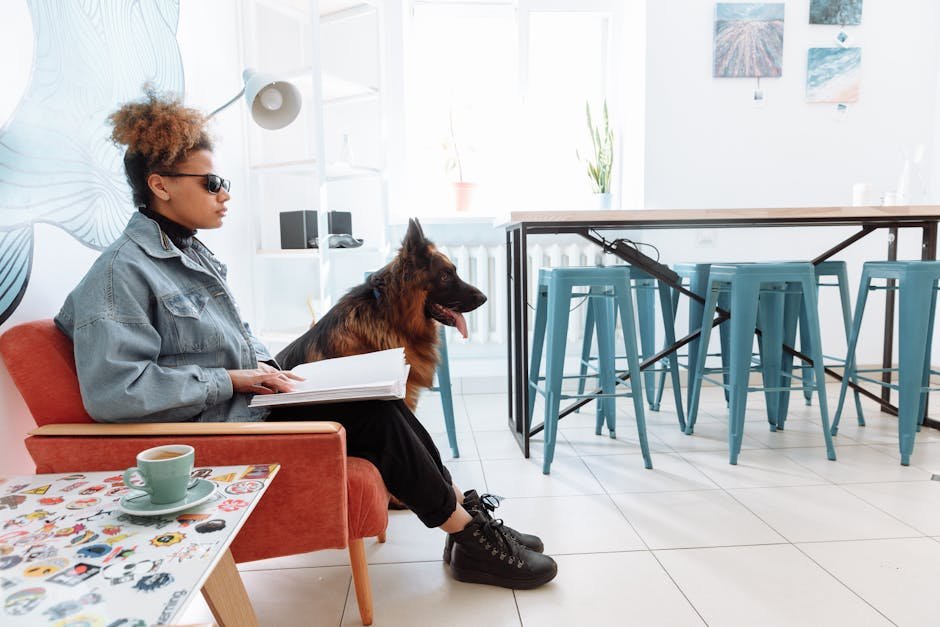
Recognizing the signs of a protective dog can help owners understand and appreciate this trait. Common indicators include alertness to new people or changes in the environment, standing between their owner and a perceived threat, and vocalizations such as barking or growling. A protective dog will often be attentive and responsive to its owner’s cues, showing a strong desire to please and protect. Observing these behaviors can strengthen the bond between owner and dog.
Real-Life Stories of Canine Guardians
Stories abound of dogs going above and beyond to protect their human families. From alerting owners to intruders to rescuing children from dangerous situations, these tales highlight the bravery and loyalty of canine guardians. Such stories serve as reminders of the incredible bond between humans and dogs and the lengths to which these loyal companions will go to ensure their pack’s safety. These narratives inspire admiration and gratitude for our four-legged friends.
Choosing the Right Guardian Breed for Your Family
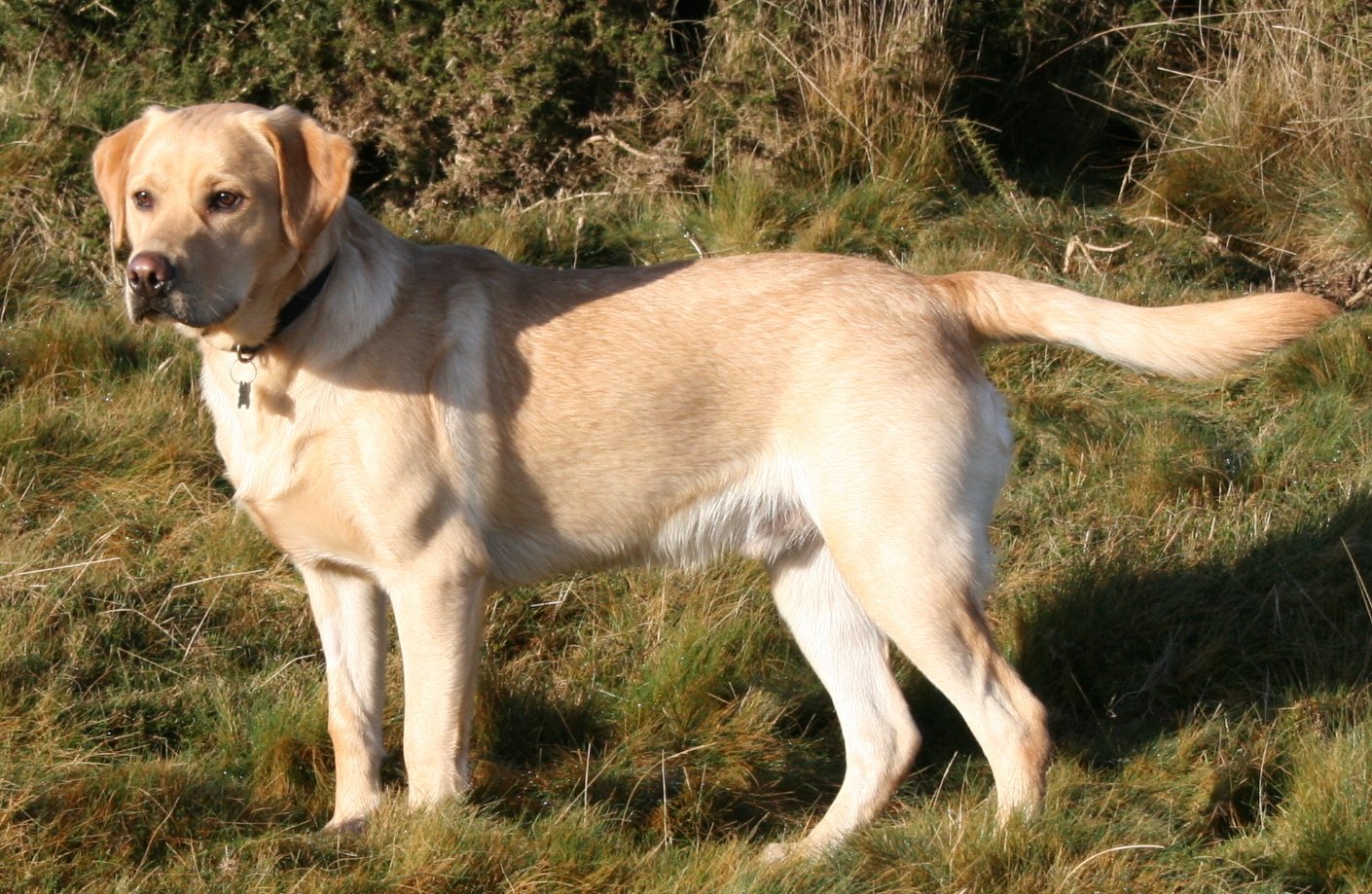
Selecting a dog breed with strong protective instincts requires careful consideration. Prospective owners should evaluate their lifestyle, living situation, and the breed’s temperament. Families with children may prefer breeds known for their gentle nature, such as the Labrador Retriever, which can also be protective when needed. It’s crucial to research and understand each breed’s unique traits and compatibility with family dynamics to ensure a harmonious relationship.
The Enduring Bond Between Humans and Canine Protectors
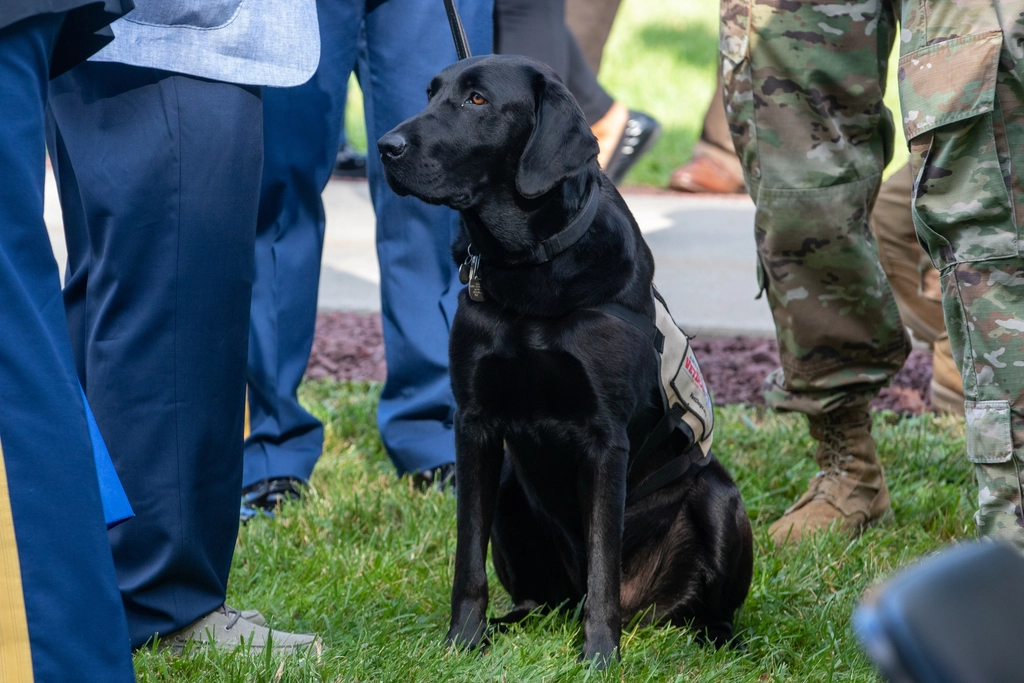
The protective instinct in dogs underscores the profound and enduring bond between humans and their canine companions. This trait, rooted in centuries of evolution and partnership, continues to be a source of comfort and security for many families. As we celebrate the guardianship role that dogs play in our lives, we are reminded of their unwavering loyalty and love. The mutual respect and affection between humans and their dogs create a relationship that is truly special and cherished.
A dog’s protective instinct is a remarkable blend of loyalty, intelligence, and deep-rooted history. Whether they guard their home with a watchful eye or simply stay close to offer comfort, these natural guardians show their devotion in countless ways. Understanding and nurturing this instinct helps strengthen the bond between you and your furry protector, creating a relationship built on trust and love.
Jen is a passionate nature lover and ocean conservationist. She has dedicated her life to protecting the environment and preserving the beauty of the natural world. Growing up in a small coastal town, Jen sincerely appreciated the ocean and its inhabitants. She has spent countless hours exploring the shoreline, learning about the creatures that inhabit the waters, and advocating for their protection. Jen is an active member of ocean conservation organizations, and she is committed to educating the public about the importance of conserving wildlife and the natural environment.





